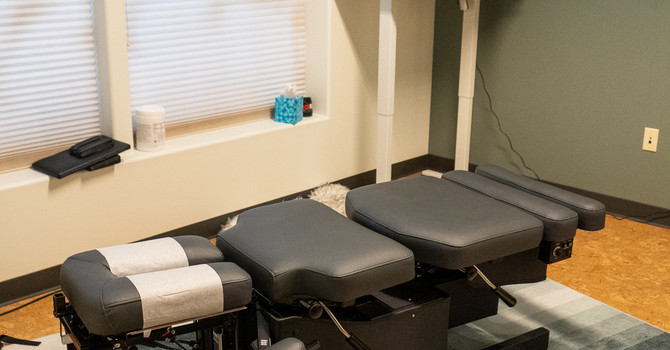
If you’ve ever wondered what really happens during a chiropractic adjustment, you’re not alone. Many patients are curious about the science and purpose behind that familiar “pop” or sense of relief. Chiropractic adjustments are more than just joint movements — they’re precise techniques designed to restore mobility, reduce pain, and support your body’s overall function.
Restores Joint Motion
Over time, joints in your spine (and other areas of your body) can become restricted due to poor posture, injury, or repetitive stress. A chiropractic adjustment is a controlled, gentle force applied to these joints to help restore normal motion. Research shows that restoring joint mobility can help reduce stiffness and improve overall musculoskeletal function.
Reduces Pain and Muscle Tension
Joint restrictions can cause muscle tightness and irritate surrounding nerves. By restoring alignment and movement, adjustments can reduce pressure on nearby tissues and allow muscles to relax. Studies have shown that spinal manipulation can decrease both acute and chronic low back pain.
Improves Nervous System Function
Your spine and nervous system are closely connected. When spinal joints are moving properly, nerve signals can flow more freely between your brain and body. Some evidence suggests that chiropractic adjustments may improve proprioception (your body’s awareness of movement and position) and enhance overall nervous system communication.
A chiropractic adjustment isn’t just about “cracking” your back. It’s a carefully applied technique that restores mobility, eases pain, and helps your body function the way it was designed to. Many patients report benefits beyond pain relief after an adjustment — such as improved sleep, reduced stress, or better posture. By improving both movement and nervous system health, chiropractic care is an important part of a holistic approach to wellness.
References:
- Bronfort, G., Haas, M., Evans, R., Leininger, B., & Triano, J. (2010). Effectiveness of manual therapies: The UK evidence report. Chiropractic & Osteopathy, 18(3).
- Paige, N. M., Miake-Lye, I. M., Booth, M. S., et al. (2017). Association of spinal manipulative therapy with clinical benefit and harm for acute low back pain: Systematic review and meta-analysis. JAMA, 317(14), 1451–1460.
- Pickar, J. G., & Bolton, P. S. (2012). Spinal manipulative therapy and somatosensory activation. Journal of Electromyography and Kinesiology, 22(5), 785–794.
- American Chiropractic Association (ACA). What is chiropractic adjustment? (2021).

admin
Contact Me



